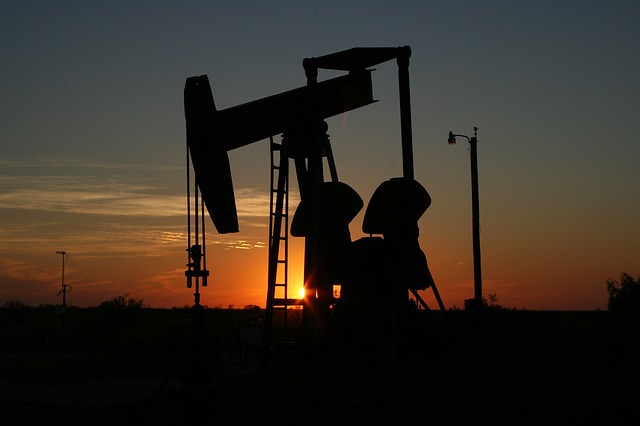Oil prices traded near $47 a barrel on Friday after the Federal Reserve left interest rates unchanged.
The U.S. central bank warned on the health of the global economy, and according to Business Standard, bearish signs persist that the world’s biggest oil producers will keep pumping at high levels in order to maintain market shares.
Bloomberg Business reports that oil is down 23 percent from a peak in June due to a persistent oversupply globally. Government data showed an unexpected decline last Wednesday, and U.S. crude inventories remain around 100 million barrels above the five-year seasonal average.
While this will undoubtedly lead to an increased volatility for the short term, investors will now turn their “attention to the fundamentals, which are not as good as some people may think after yesterday’s inventory report,” said Rob Haworth, senior investment strategist at Seattle’s U.S. Bank Wealth Management.
This should lead to increased volatility in the short term. Now that this is over we’re going to turn our attention to the fundamentals, which are not as good as some people may think after yesterday’s inventory report.
According to Kuwait – key member of the Organization of the Petroleum Exporting Countries (OPEC) – the oil market will balance itself out over time. Other OPEC sources agree with this consensus, saying they expect oil prices to raise by no more than $5 a barrel every year, reaching an all time high of $80 in 2020.
Rokneddin Javadi, Iran’s deputy oil minister, announced the country will be revealing new oil contracts in the next few weeks, much earlier than anticipated.
If Iran adds more barrels to the already oversupplied market, it could fuel the bearish momentum for the market. Javadi also stated that Iran plans to regain its oil production share when Western sanctions are removed.
























